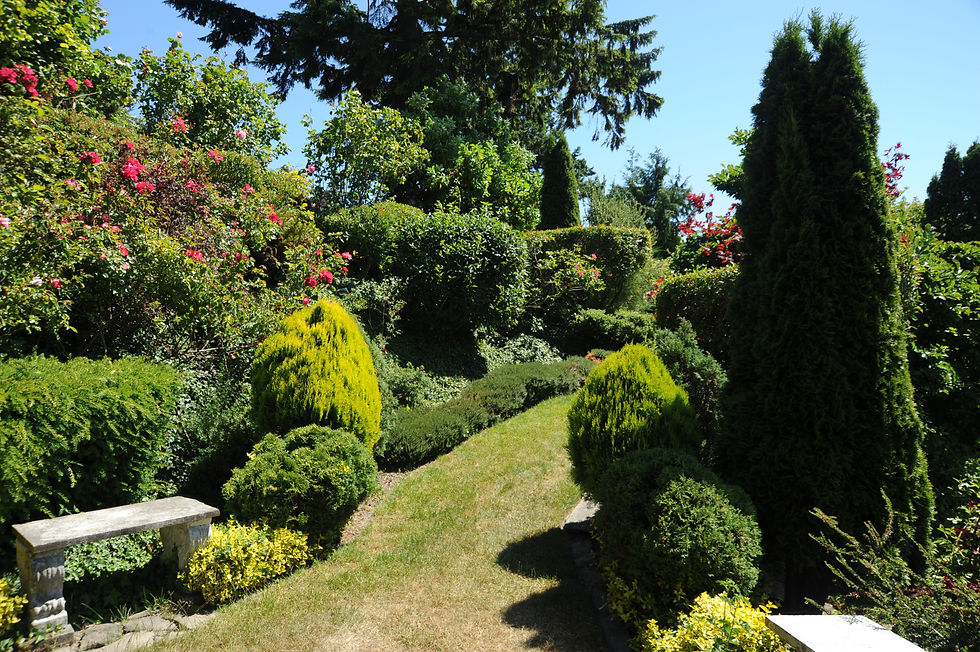Protect your sacred space from the outside world with a well-designed hedge. Here are some tips.

Catch the bad air before it enters your garden
If you are trying to reduce the number of pollutants in your garden, you need leaves that will catch those nasty particles before they reach you. For that reason, choose hedge materials that trap as much pollution (sound, light, and air) as possible. The surface area is the key. Plan for as much surface area as possible for your hedge. To maximize surface area, think of height, density, and width before you do any planting.
Planning for year-round filtering
Some deciduous plants (plants that lose their leaves in the winter) can make good hedges despite not providing protection all year-round. Good deciduous plants, however, will keep their leaves for most of the winter. Of course, evergreen plants do not have that same problem. These plants will keep their foliage throughout the year. Consider if you need protection all year or only most of the year when determining the best plants for your hedge.
Maximizing Density
Prune your hedge as often as necessary to ensure it is happy and dense. Pruning often encourages plants to grow more densely and, hence, increase the overall surface area of the leaves. Study your hedge plants carefully, so you know when and how best to prune your shrubs and other hedge plants.
Plan ahead and study plants that make good hedges in your area. You want plants that will thrive in your climate and will provide a dense structure that will capture as much air pollution as possible. Having a dense shrub will also keep out outside artificial lighting as well as decrease outside sound because of the scattering effect.
Some good options
Many different types of dense plants can do well to filter pollutants. However, some have particularly proven themselves to be champions of density for great hedges.
Great evergreen options include holly, English yew, boxwood, and cotoneaster.
Proven deciduous hedge plants include Japanese barberry, Hawthorn, Hornbeam, and dogwood.
Consider all the pros and cons
When deciding on a hedge, consider all the advantages and disadvantages of each. For example, some may be allergic to certain plants. Some have thorns, and some require more sun or water.
If you take the time to plan, you will have a beautiful hedge that keeps your sensory garden as pollution-free as possible. Enjoy your solitude from outside light, sounds, and city air.
Comments